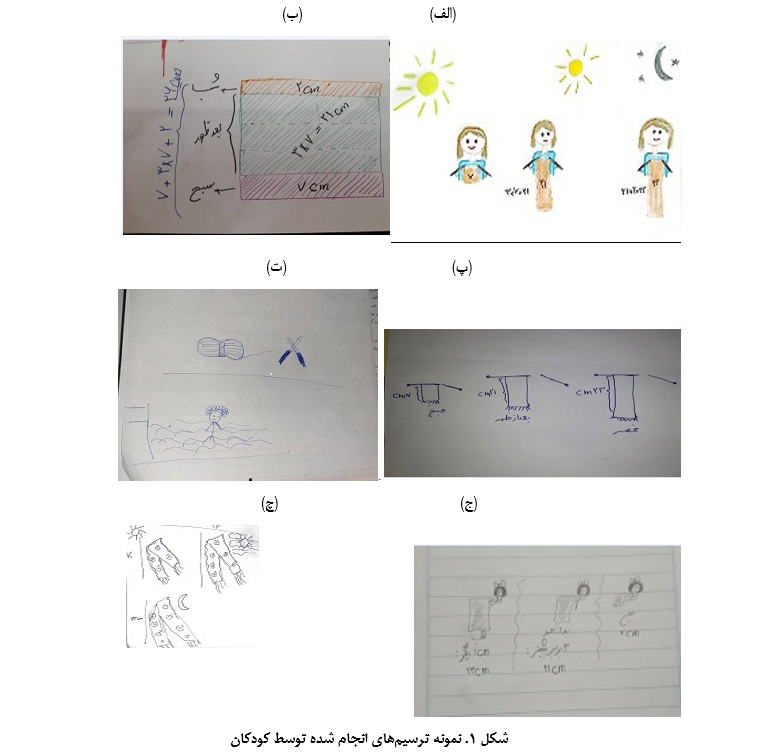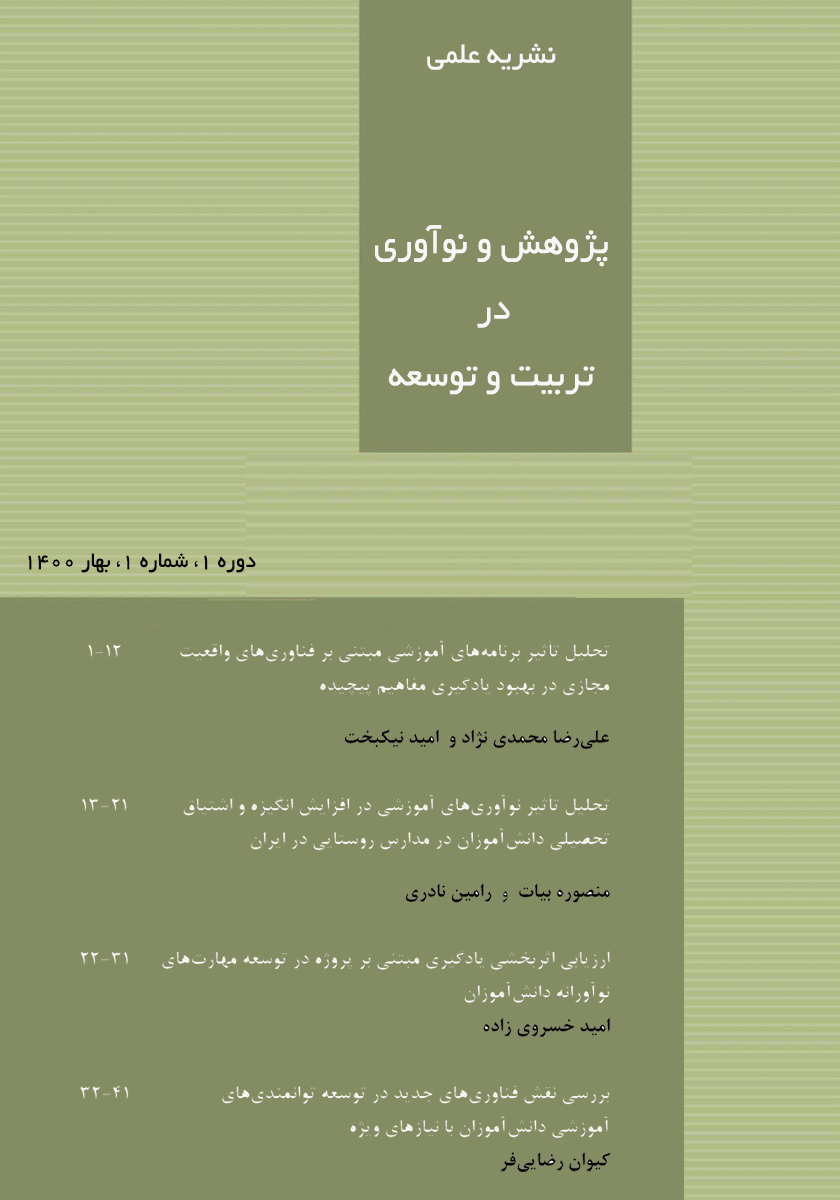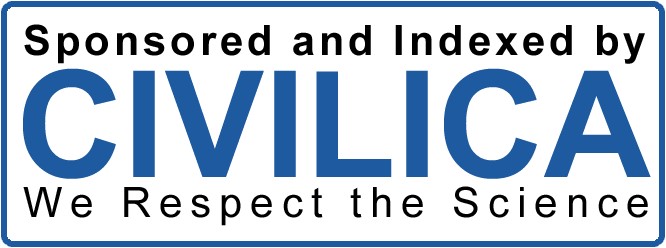The Relationship Between the Components of Students' Produced Representations and Their Problem-Solving Ability
Keywords:
Mathematical structure, Mathematical matching, Degree of abstract, Word problem-solving, Generated representationAbstract
The aim of this study is to examine the relationship between the students' produced representations and their problem-solving ability. This research investigates the depictive features produced by students, including mathematical structure, mathematical matching, and degree of abstract, based on the framework introduced by Ott (2016) in solving mathematical word problems. In this study, students’ drawings and sketches were used as depictive representations. A total of 73 fourth-grade students participated in the study. Data were collected through pre-test and post-test assessments. The tests consisted of eight word problems, and a two-week intervention was conducted after the pre-test. Each week, students were given four mathematical word problems and were asked to create depictive representations for them based on Cox’s model (1999). These representations included all necessary elements for understanding the problem, after which they were asked to solve the problem. Some students were invited to present their representations and solutions in class if they wished. The findings of this study showed that the generated representations and reflection on the documents help to facilitate the problem solving process.
Downloads
References
Bortz J, Schuster C. Statistik für Human- und Sozialwissenschaftler [Statistics for human and social scientists]. 7 ed.
Berlin, Heidelberg: Springer; 2010.
Roth WM, McGinn MK. Inscriptions: Toward a theory of representing as social practice. Review of Educational
Research. 1998;68(1):35-59. doi: 10.3102/00346543068001035.
Dörfler W. Mathematical reasoning: Mental activity or practice with diagrams. In: Niss M, editor. ICME 10
proceedings, regular lectures, CD-Rom. Roskilde, Denmark: Roskilde University and IMFUFA; 2008. p. 17.
Heinze A, Star JR, Verschaffel L. Flexible and adaptive use of strategies and representations in mathematics education.
Zentralblatt für Didaktik der Mathematik. 2009;41:535-40. doi: 10.1007/s11858-009-0214-4.
Hembree R. Experiments and relational studies in problem solving: A meta-analysis. Journal for Research in
Mathematics Education. 1992;23(3):242-73. doi: 10.5951/jresematheduc.23.3.0242.
Fagnant A, Vlassis J. Schematic representations in arithmetical problem solving: Analysis of their impact on grade 4
students. Educational Studies in Mathematics. 2013;84:149-68. doi: 10.1007/s10649-013-9476-4.
Lopez Real F, Veloo PK. Children's use of diagrams as a problem-solving strategy. In: Hirabayashi N, Shigematsu L,
editors. Proceedings of the Seventeenth International Conference for the Psychology of Mathematics Education. Tsukuba,
Japan: University of Tsukuba; 1993. p. 169-76.
Van Essen G, Hamaker C. Using self-generated drawings to solve arithmetic word problems. Journal of Educational
Research. 1990;83(6):301-12. doi: 10.1080/00220671.1990.10885976.
Goldin GA, Shteingold N. Systems of representations and the development of mathematical concepts. In: Cuoco A,
Curcio FR, editors. The roles of representation in school mathematics. Reston, VA: National Council of Teachers of
Mathematics; 2001. p. 1-23.
Van Garderen D, Montague M. Visual-spatial representations and mathematical problem solving. Learning
Disabilities Research & Practice. 2003;18:246-54. doi: 10.1111/1540-5826.00079.
Munez D, Orrantia J, Rosales J. The effect of external representations on compare word problems: Supporting mental
model construction. The Journal of Experimental Education. 2013;81(3):337-55. doi: 10.1080/00220973.2012.715095.
Schipper W. Handbuch für den Mathematikunterricht a Grundschulen. Braunschweig, Germany: Schroedel; 2009.
Verschaffel L, Greer B, De Corte E. Making sense of word problems. Lisse, the Netherlands: Swets & Zeitlinger
Publishers; 2000.
Haghverdi M, Wiest LR. The Effect of Contextual and Conceptual Rewording on Mathematical Problem-Solving
Performance. Mathematics Educator. 2016;25(1):56-73.
Sturm N. Problemhaltige Textaufgaben lösen. Wiesbaden, Germany: Springer Spektrum; 2018.
Cox R. Representation construction, externalised cognition and individual differences. Learning and Instruction.
;9:343-63. doi: 10.1016/S0959-4752(98)00051-6.
Larkin JH, Simon HA. Why a diagram is (sometimes) worth ten thousand words. Cognitive Science. 1987;11:65-99.
doi: 10.1111/j.1551-6708.1987.tb00863.x.
Pantziara M, Gagatsis A, Elia I. Using diagrams as tool for the solution of non routine mathematical problems.
Educational Studies in Mathematics. 2009;72:39-60. doi: 10.1007/s10649-009-9181-5.
Van Dijk IMAW, Van Oers B, Terwel J. Providing or designing? Constructing models in primary maths education.
Learning and Instruction. 2003;13:53-72. doi: 10.1016/S0959-4752(01)00037-8.
Hegarty M, Kozhevnikov M. Types of visual-spatial representations and mathematical problem solving. Journal of
Educational Psychology. 1999;91(4):684-9. doi: 10.1037/0022-0663.91.4.684.
Ott B. Textaufgaben grafisch darstellen: Entwicklung eines Analyseinstruments und Evaluation einer
Interventionsmaßnahme. Münster, Germany: Waxmann; 2016.
Ott B. Children's drawings for word problems - Design of a theory and an analysis tool. In: Dooley T, Gueudet G,
editors. Proceedings of the Tenth Congress of the European Society for Research in Mathematics Education (CERME10,
February 1-5, 2017). Dublin, Ireland: DCU Institute of Education and ERME; 2017. p. 3984-91.
VanMeter P, Garner J. The promise and practice of learner-generated drawing: Literature review and synthesis.
Educational Psychology Review. 2005;17(4):285-325. doi: 10.1007/s10648-005-8136-3.
Palmer SE. Fundamental aspects of cognitive representation. In: Rosch E, Lloyd BB, editors. Cognition and
categorization. Hillsdale, NJ: Lawrence Erlbaum Associates; 1978. p. 259-303.
Kirsch A. Mathematik wirklich verstehen. 3 ed. Cologne, Germany: Aulis-Verlag Deubner; 1997.
Peschek W. Untersuchungen zur Abstraktion und Verallgemeinerung. In: Dörfler W, editor. Kognitive Aspekte
mathematischer Begriffsentwicklung. Vienna, Austria: Hölder-Pichler-Tempsky; 1988. p. 127-90.

Downloads
Published
Submitted
Revised
Accepted
Issue
Section
License
Copyright (c) 2025 Journal of Study and Innovation in Education and Development

This work is licensed under a Creative Commons Attribution-NonCommercial 4.0 International License.










